
Fragrant Trees and Shrubs for your Landscape
When choosing trees and shrubs for your home’s landscape you most likely look for varieties that not only look good, but smell nice, too. Fortunately, there are myriad fragrant trees in shrubs for your landscape in Southwestern Ontario.
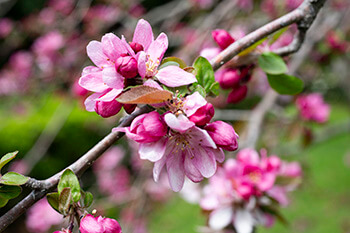 In our region, the climate is perfect for many fragrant trees and shrubs that can be enjoyed throughout the year. In this blog post, we will look at some of the best trees and shrubs that are ideal for fragrance in Southwestern Ontario. Whether you are an experienced gardener or just starting, this post will help you create a beautiful, fragrant oasis in your own backyard.
In our region, the climate is perfect for many fragrant trees and shrubs that can be enjoyed throughout the year. In this blog post, we will look at some of the best trees and shrubs that are ideal for fragrance in Southwestern Ontario. Whether you are an experienced gardener or just starting, this post will help you create a beautiful, fragrant oasis in your own backyard.
Fragrant Trees
Ivory Silk Lilac
This gorgeous tree is ideal for adding a pleasant, sweet fragrance to your garden. The ivory silk lilac has creamy white blooms that fill the air with a delightful, heady perfume.
Katsura Tree
 Katsura trees are unique deciduous trees that emit a refreshing, burnt sugar scent in the fall. They have heart-shaped leaves and attractive yellow flowers in the spring.
Katsura trees are unique deciduous trees that emit a refreshing, burnt sugar scent in the fall. They have heart-shaped leaves and attractive yellow flowers in the spring.
Fringe Tree
These beautiful trees add a unique twist of sweetness to your garden. The fringe tree is covered in white, star-shaped blooms with a sweet, citrusy fragrance that lingers in the air.
Magnolia Tree
Magnolia trees – both the Saucer and Star varieties – are renowned for their large, white flowers that emit a sweet, citrusy scent.
Crab Apple Tree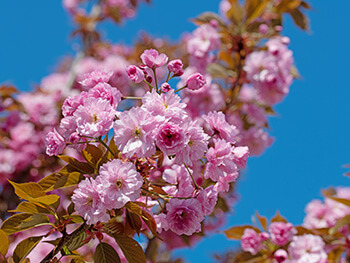
Crab apple trees offer a pronounced sweet scent and an attractive display of pink to white flowers in the spring.
Ornamental Cherry Tree
Ornamental cherry trees are renowned for their fragrant, Instagram-worthy pink and white blooms.
Fragrant Shrubs
Honeysuckle
If you’re looking for an intoxicating scent in your garden, then look no further than the honeysuckle. This shrub is best known for its fragrant, pink, white, coral, and/or yellow blossoms that burst with a sweet aroma.
Mock Orange
The Mock Orange has beautiful white blooms with a strong citrus scent that fills the air with its refreshing aroma.
Lilac
The lilac is one of the quintessential fragrant garden shrubs in Southwestern Ontario. These shrubs have dark green leaves and beautiful purple or white blooms that fill the air with their sweet scent in the spring.
Peonies
Peonies are a timeless favorite for adding fragrance and beauty to any garden. These shrubs have large but delicate, fragrant flowers that come in a variety of colors including white, pink, red, and yellow.
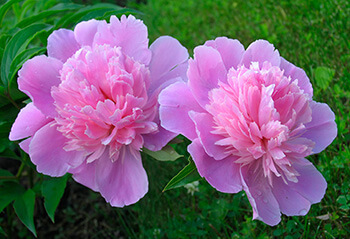
Catmint
Catmint is a great option for gardeners who want to attract cats with their fragrant garden. Unlike catnip though, cats don’t generally roll in or eat catmint, so this small shrub will stay looking beautiful all season long. This herb can be invasive if left unchecked, so best to give it wide berth in a garden or plant it in a container.
Lavender
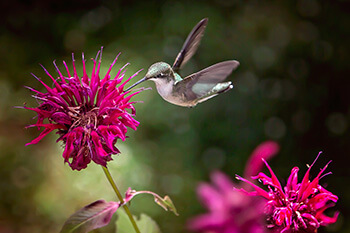 Lavender is renowned throughout the world for adding fragrance and beauty to any garden. This herb has beautiful purple blooms that fill the air with their calming scent.
Lavender is renowned throughout the world for adding fragrance and beauty to any garden. This herb has beautiful purple blooms that fill the air with their calming scent.
Hyssop
Hyssop is a great option for adding an aromatic touch to a garden. This herb has small, bright blue flowers that fill the air with their sweet scent.
Bee Balm
Bee balm is a great option for gardeners who want to attract bees and other pollinators with their fragrant garden. This herb has shaggy, fragrant red or pink flowers that are sure to draw in your buzzing friends!
Primula
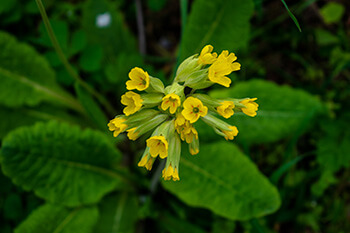 This herb has delicate, fragrant flowers in vibrant shades of pink, purple, and white.
This herb has delicate, fragrant flowers in vibrant shades of pink, purple, and white.
These are just a few of the fragrant trees and shrubs that you can use to add a refreshing scent to your garden. Keep in mind, though, that all plants require regular watering and maintenance for optimal health. Be sure to research each type of tree or shrub before planting so you know their individual needs and can provide them with proper care. With a little bit of effort, you’ll have a beautiful, fragrant oasis right outside your door. And of course, if you’d like assistance establishing a fragrant garden that suits your style and lifestyle, contact us!

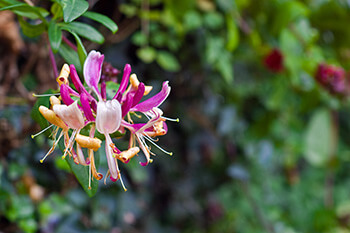
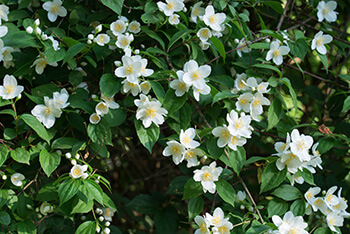
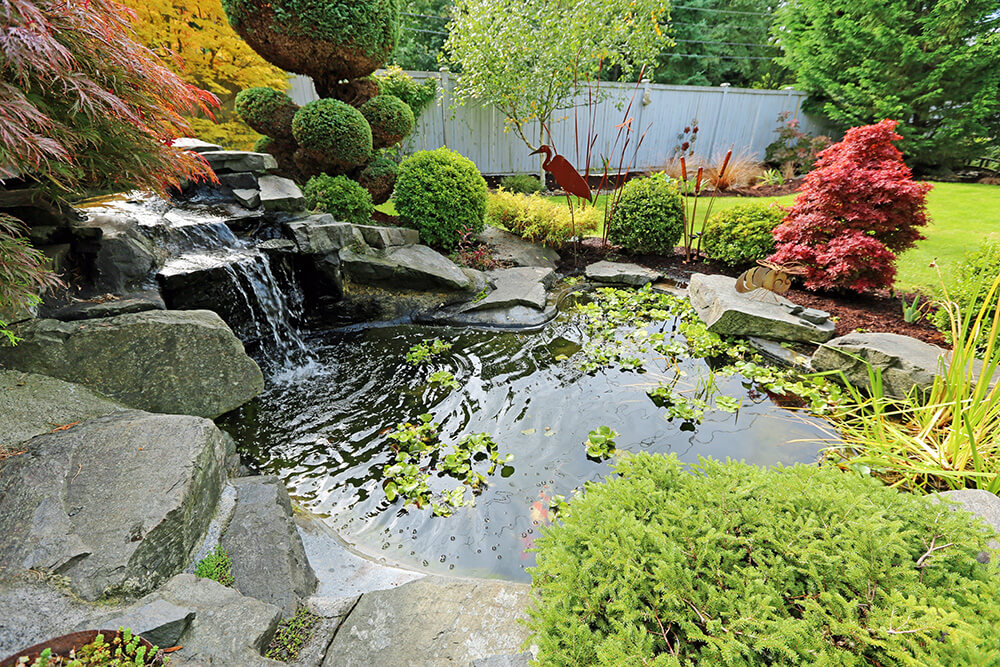
 Planting a variety of
Planting a variety of 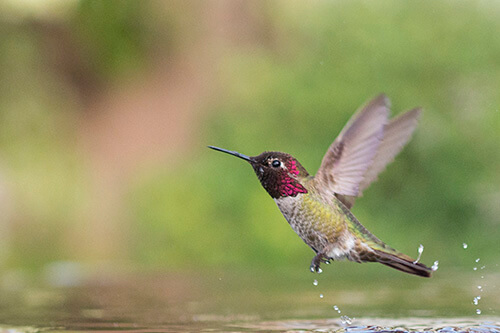 Providing a source of water is essential for wildlife in your backyard. Bird baths and
Providing a source of water is essential for wildlife in your backyard. Bird baths and  Keeping pets indoors or away from areas of wildlife activity is an important part of protecting wildlife in your backyard. Cats and dogs may be attracted to the small animals in your yard, such as birds, rodents, or other creatures. It is best to keep these pets inside or restrain them while they are outside so they do not disturb or harm any wildlife.Additionally, make sure that any outdoor dog runs are not set up in areas where wildlife likes to rest and feed. By taking these extra steps you can ensure that both your pets and the local wildlife stay safe and happy.
Keeping pets indoors or away from areas of wildlife activity is an important part of protecting wildlife in your backyard. Cats and dogs may be attracted to the small animals in your yard, such as birds, rodents, or other creatures. It is best to keep these pets inside or restrain them while they are outside so they do not disturb or harm any wildlife.Additionally, make sure that any outdoor dog runs are not set up in areas where wildlife likes to rest and feed. By taking these extra steps you can ensure that both your pets and the local wildlife stay safe and happy.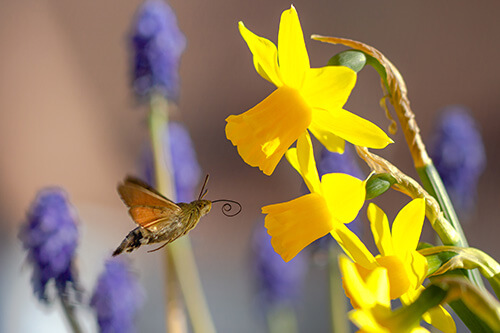 Providing undisturbed areas in your garden is a great way to support local wildlife. By leaving some areas of your garden untouched, you are giving animals the chance to make their own homes without interruption from people or pets.This can take the form of wild patches of grass, untended corners of your yard, or piles of sticks and logs that provide harborage for small creatures. Even if it seems like doing nothing is best, keeping these areas free from human activity and disturbance will be beneficial to the wildlife that makes use of them.
Providing undisturbed areas in your garden is a great way to support local wildlife. By leaving some areas of your garden untouched, you are giving animals the chance to make their own homes without interruption from people or pets.This can take the form of wild patches of grass, untended corners of your yard, or piles of sticks and logs that provide harborage for small creatures. Even if it seems like doing nothing is best, keeping these areas free from human activity and disturbance will be beneficial to the wildlife that makes use of them.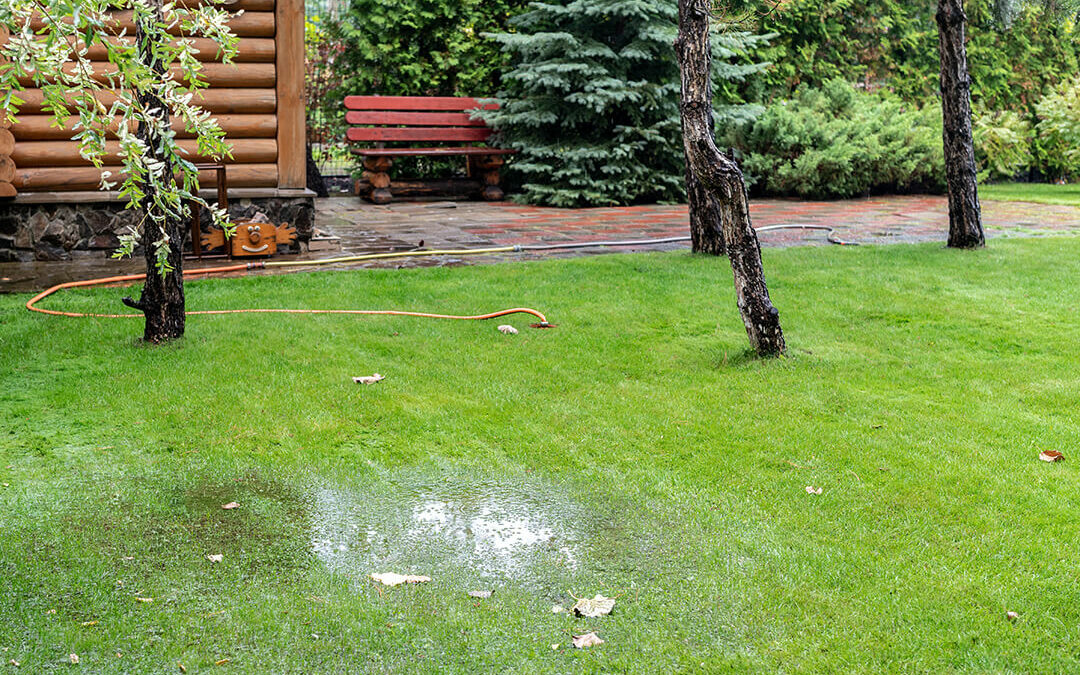

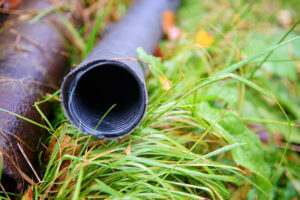
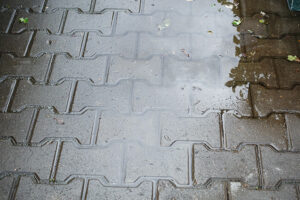
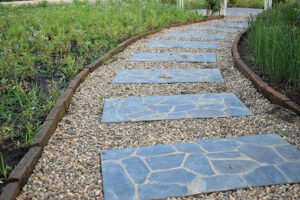
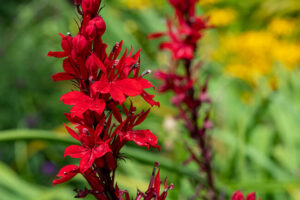
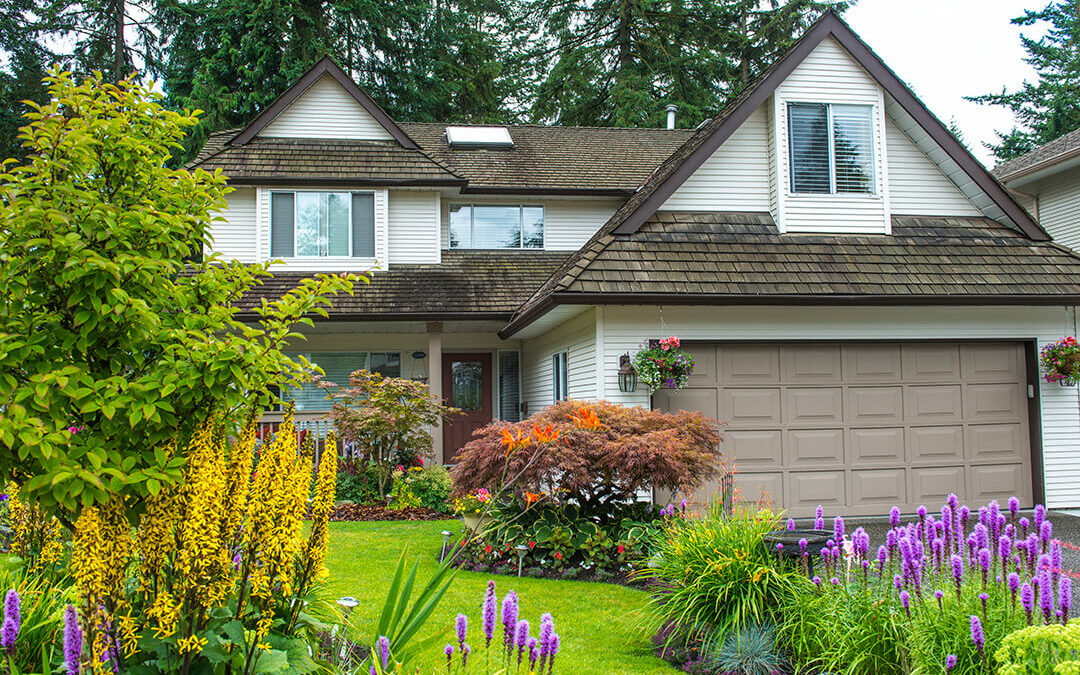
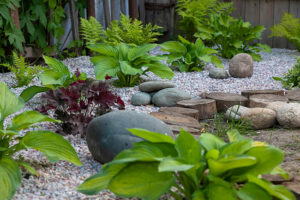
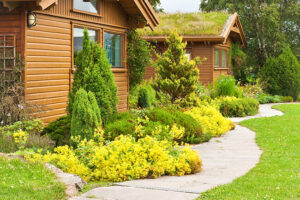
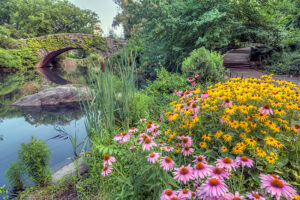
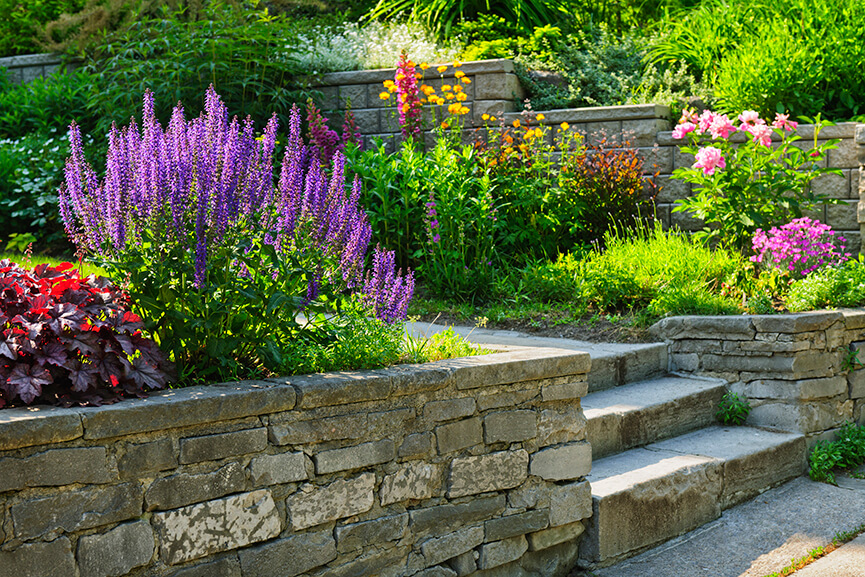
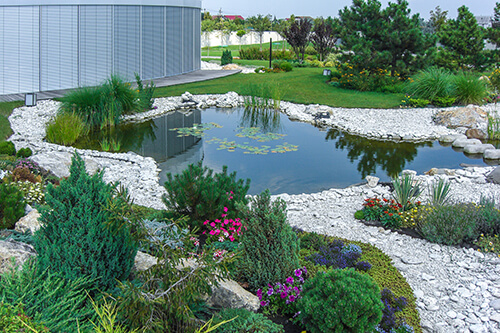 Groundcover for sun and shade are plants that tend to grow low to the ground and spread. These ranging plants do double duty in your flowerbeds. With their showy foliage and/or flowers, they add visual interest. But just as importantly, if not more so, they act much like mulch, helping to suppress weeds, reduce soil erosion, and retain moisture.
Groundcover for sun and shade are plants that tend to grow low to the ground and spread. These ranging plants do double duty in your flowerbeds. With their showy foliage and/or flowers, they add visual interest. But just as importantly, if not more so, they act much like mulch, helping to suppress weeds, reduce soil erosion, and retain moisture. A few of the reasons you might consider planting a groundcover:
A few of the reasons you might consider planting a groundcover: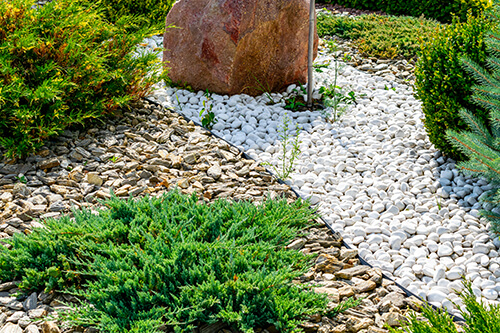 To cover steeply graded areas of grass. If your yard has any sloping areas that are hard to maintain, consider replacing the grass with a ground cover to eliminate the hassle.
To cover steeply graded areas of grass. If your yard has any sloping areas that are hard to maintain, consider replacing the grass with a ground cover to eliminate the hassle.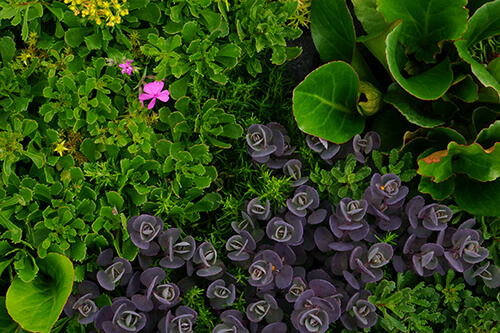 Groundcovers to plant in the sun
Groundcovers to plant in the sun Groundcovers to plant in the shade
Groundcovers to plant in the shade Note that some groundcovers, due to an aggressive spreading or creeping habit, can be invasive, so it’s important to take a bit of time to choose the right plants based on your goals and available space.
Note that some groundcovers, due to an aggressive spreading or creeping habit, can be invasive, so it’s important to take a bit of time to choose the right plants based on your goals and available space.
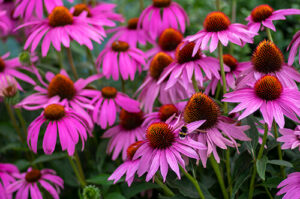 Coneflowers
Coneflowers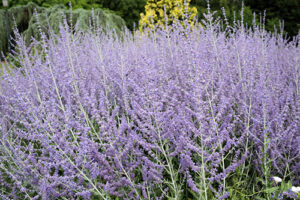 Russian Sage
Russian Sage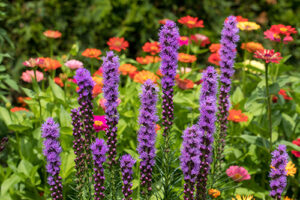 Gayfeather
Gayfeather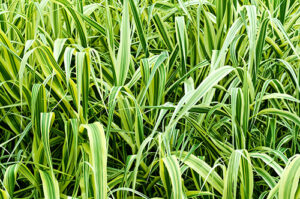 Carex/Sedge
Carex/Sedge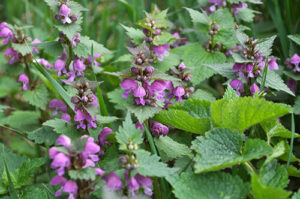 Lamium
Lamium Foamflower
Foamflower